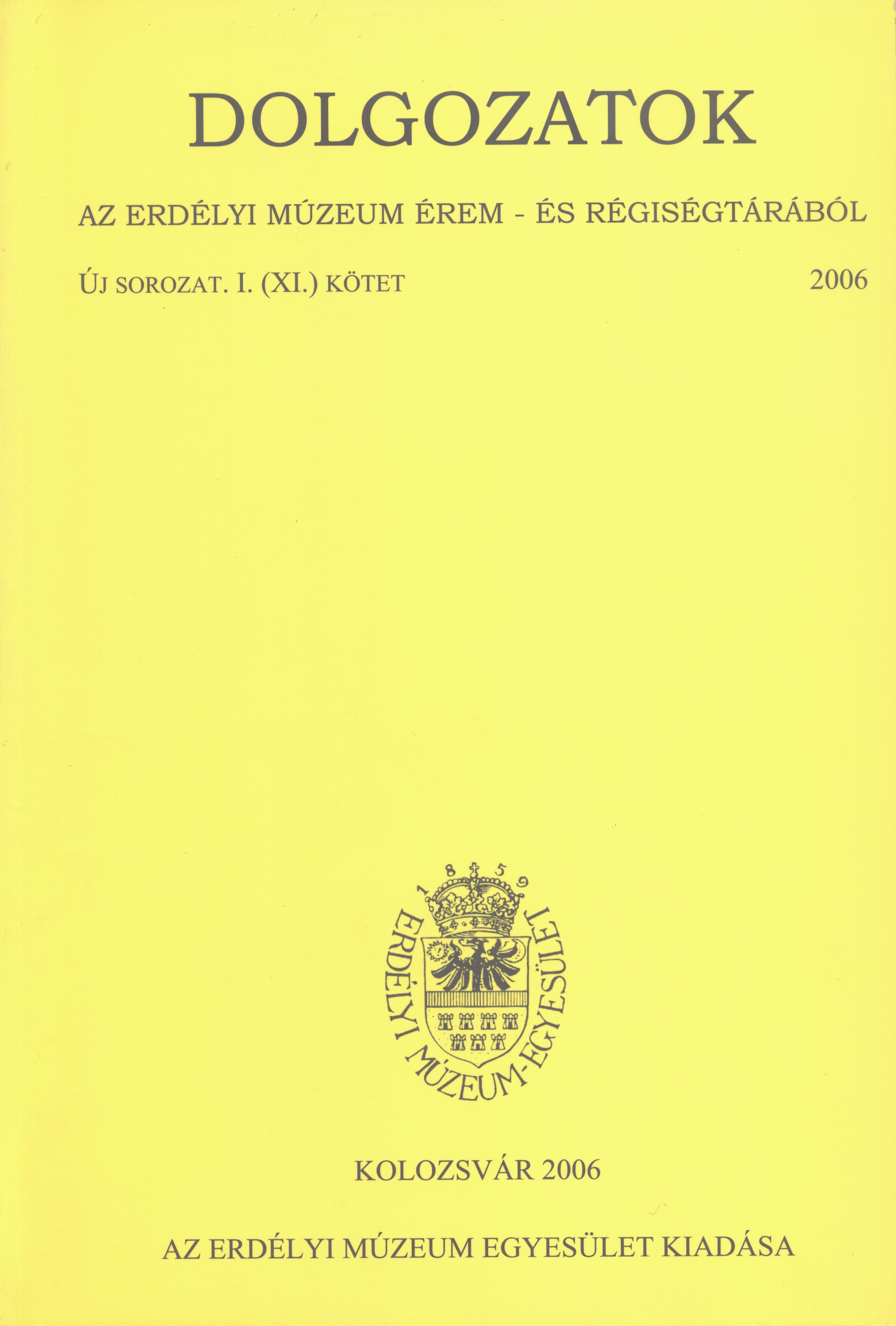Három nézőpont a honfoglaló magyarokról
Three opinions regarding the Hungarian conquerors
Author(s): Miklós TakácsSubject(s): Cultural history, Ethnohistory, Military history, Social history, 6th to 12th Centuries
Published by: Erdélyi Múzeum-Egyesület
Keywords: Hungarian conquest; Hungarian society; warriors
Summary/Abstract: Current paper is a historiography overview. According to the aim of the present study, here are presented the most relevant opinions regarding the Hungarian conquest and the structure of the Hungarian society in the 10th century. Instead the presentation in range of the different scholarly ideas about the Hungarian conquest, the present paper focuses on the numerical percentage of the conquerors and the structure of the early Hungarian society. Leafing through the historical and archaeological secondary literature, and recalling the different opinions, three categories of scholars can be distinguished. The majority of the academics (e.g. Gyula Pauler or Gyula Kristó) assert the Hungarian conquerors as warrior elite of a superior social layer. In their opinion the early Hungarian society is a nomadic one, in which the members of the community collect a part of their food supplies and other goods by robbery. At the end of the 19"1 century appeared a second major opinion regarding the 10th century Hungarian society. The representative scholars of this research trend, e.g. Ármin Vámbéry and Géza Nagy resemble the community of the Hungarian conquerors to a mosaic. They imagine a hierarchical society composed by different ethnic groups. Géza Nagy is the first scholar who believes that the Hungarian conquest took place in two steps. His opinion laid the foundation for another hypothesis, developed by Gyula László in the second half of the 20th century.Between the First and The Second World War a group of philologists (e.g. Zoltán Gombocz, István Kniezsa) elaborated a third major opinion regarding the Hungarian conquest. They depicted a more realistic picture of the early Hungarian society. Starting from the 1960s, the aforementioned hypothesis was embraced by Béla Szőke and by several other archaeologists, too. The present paper describes also the theory developed by István Zichy and Bálint Hóman, which is built from the second and third opinion mentioned above. According to his goal, the author of the present study does not try to offer conclusive arguments for the Hungarian conquest issue. He analysed equidistantly each theory linked to this issue. In spite of his ambition of being objective, the article contain the author's critical notes regarding some of the presented theories.
Journal: Dolgozatok az Erdélyi Múzeum Érem- és Régiségtárából. Új sorozat
- Issue Year: 2006
- Issue No: I
- Page Range: 67-98
- Page Count: 32
- Language: Hungarian

